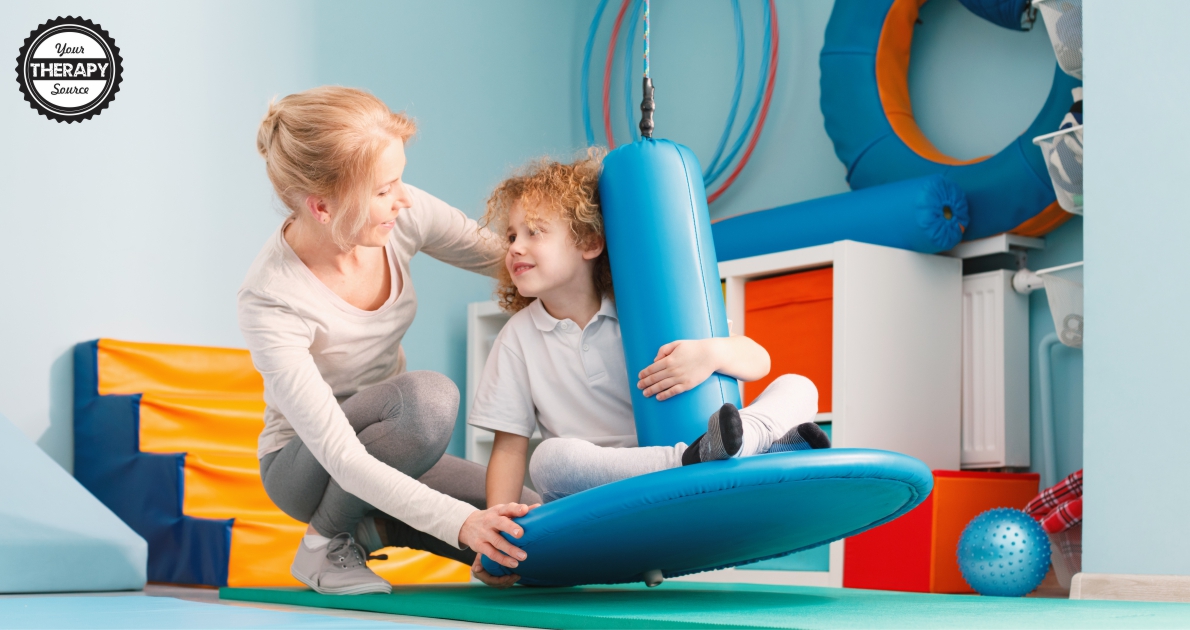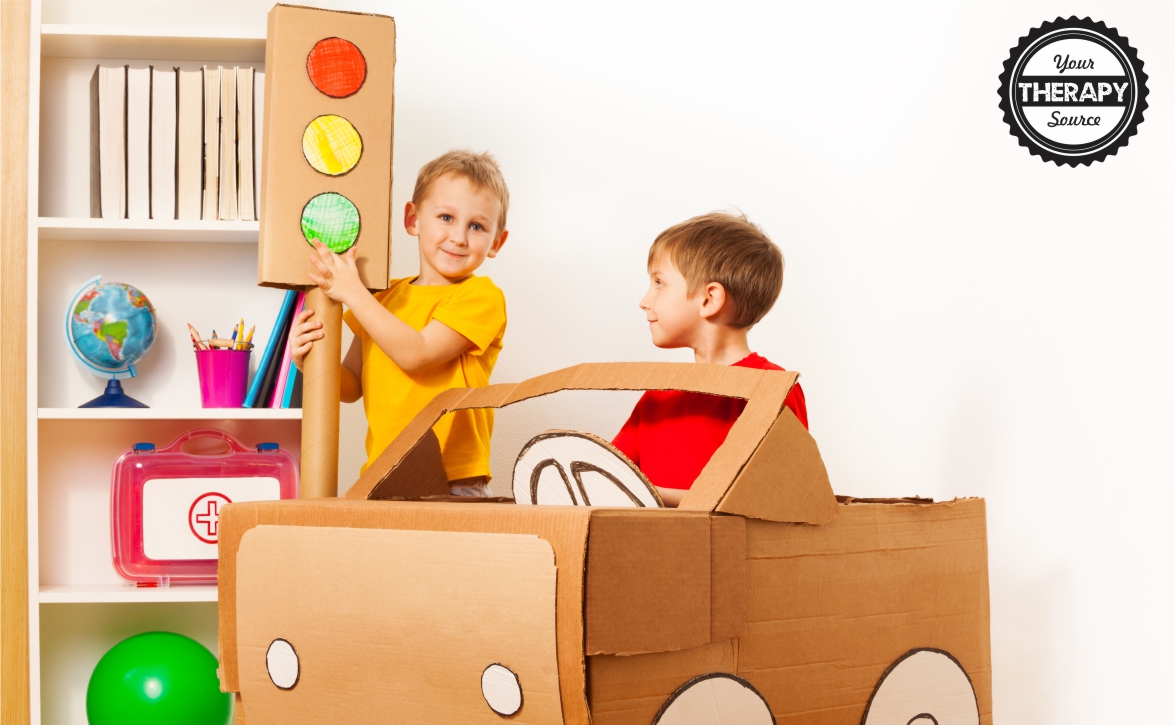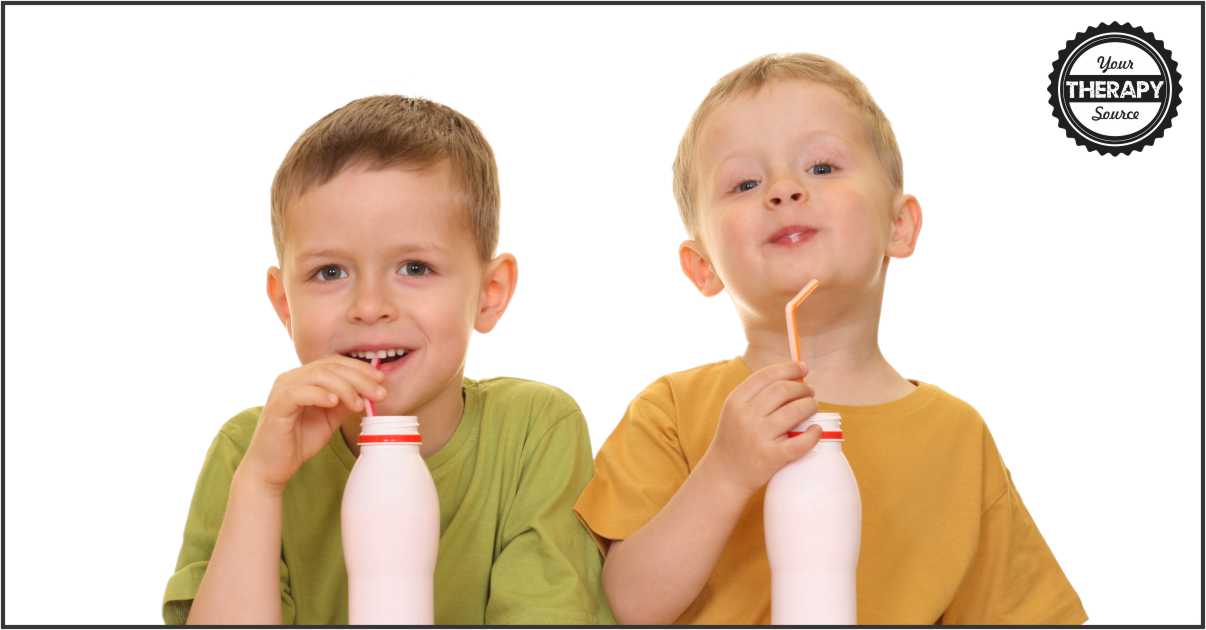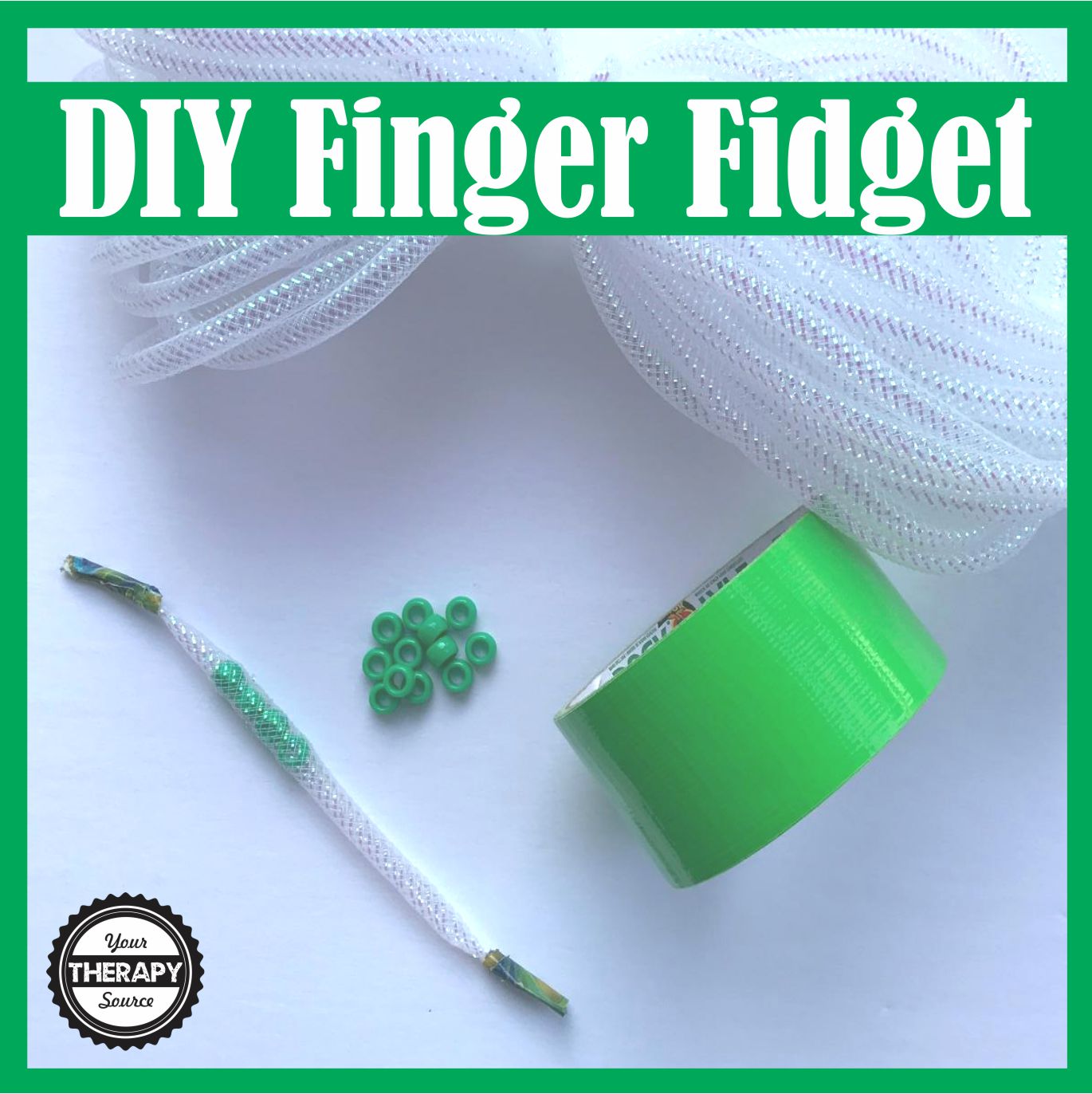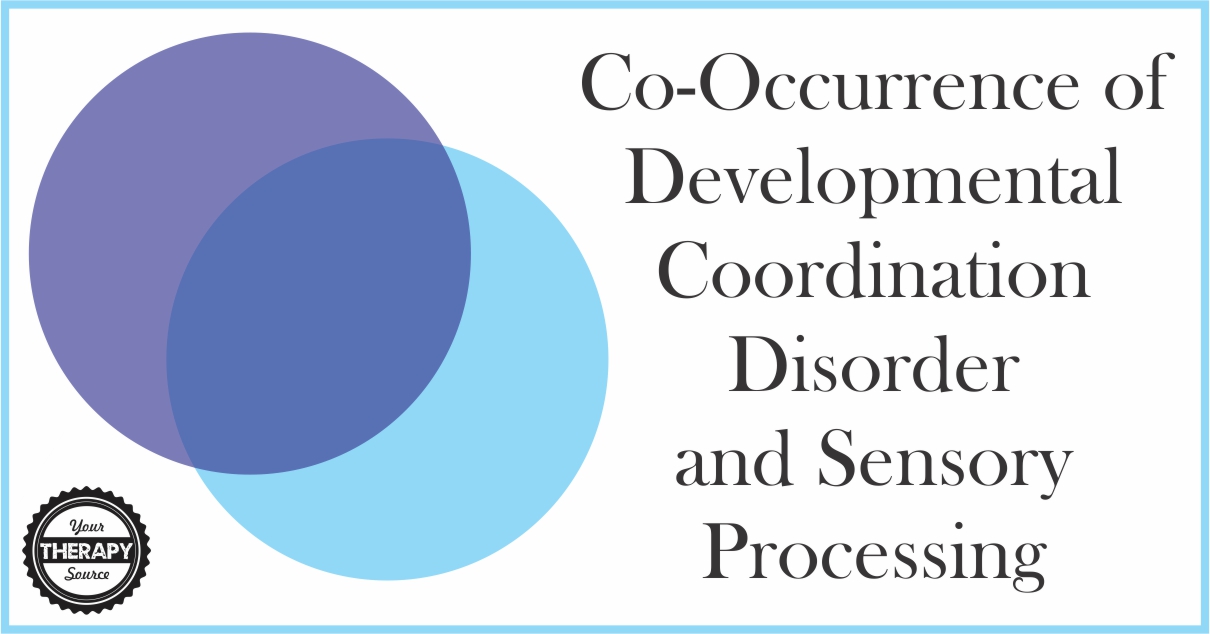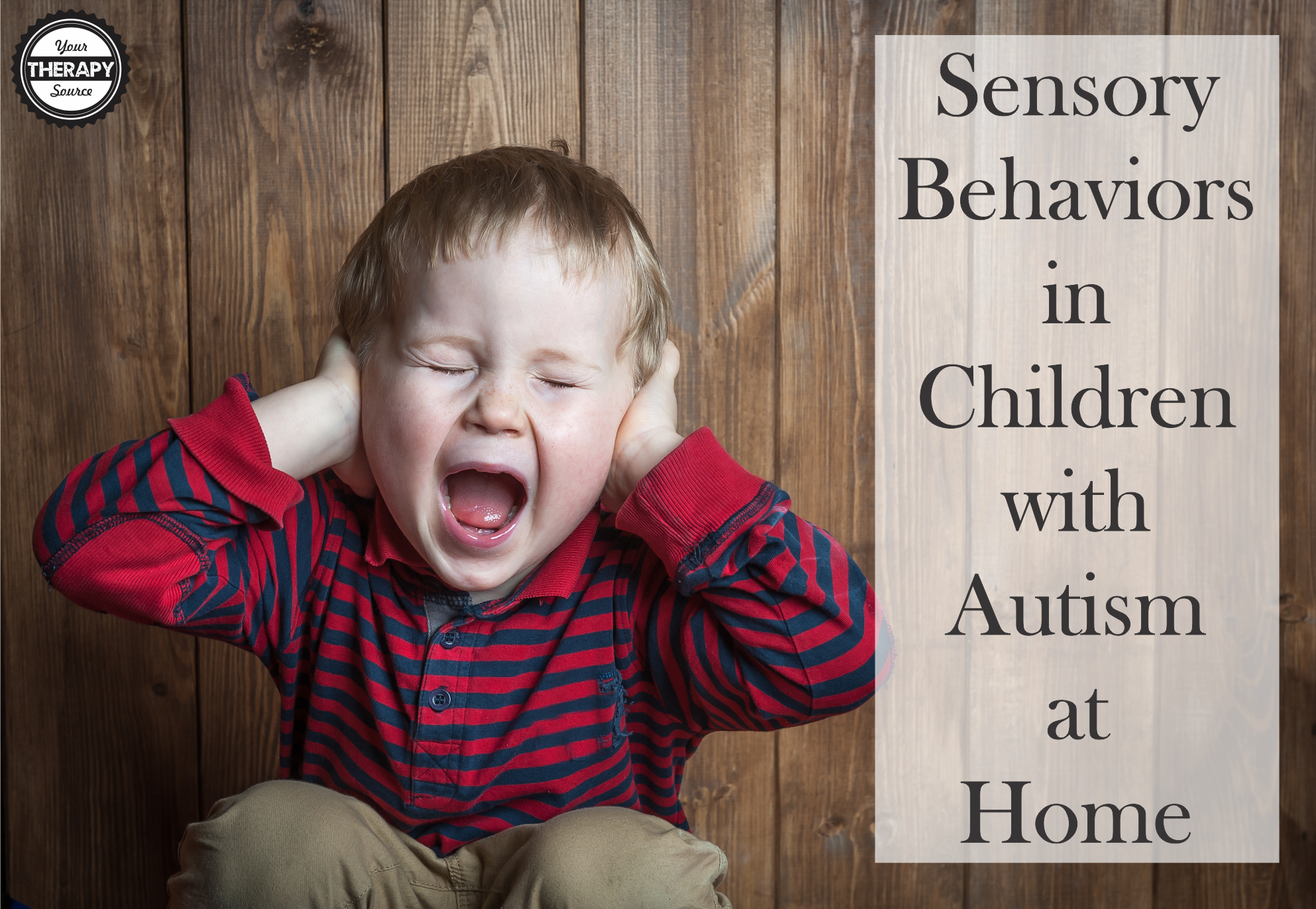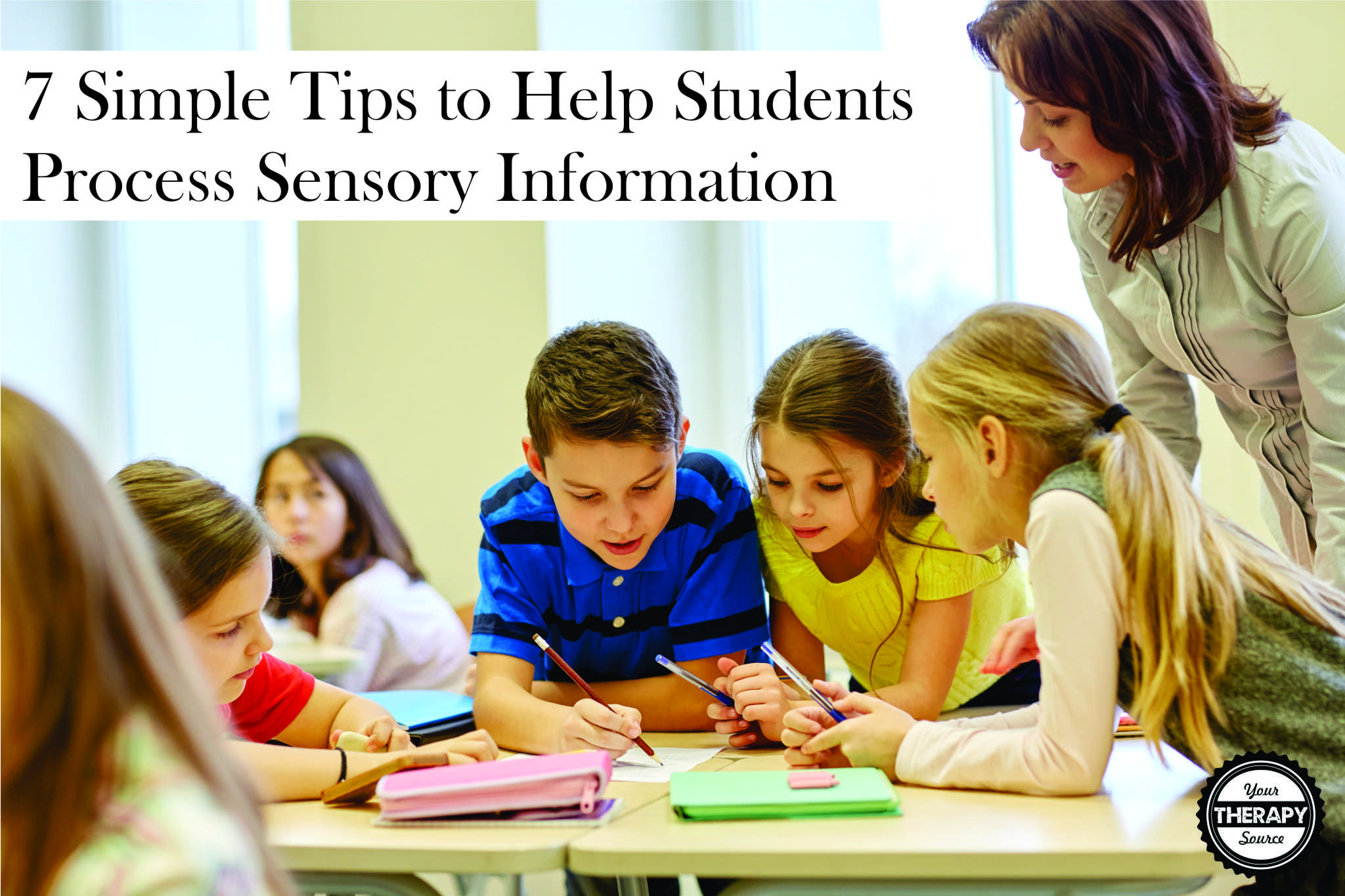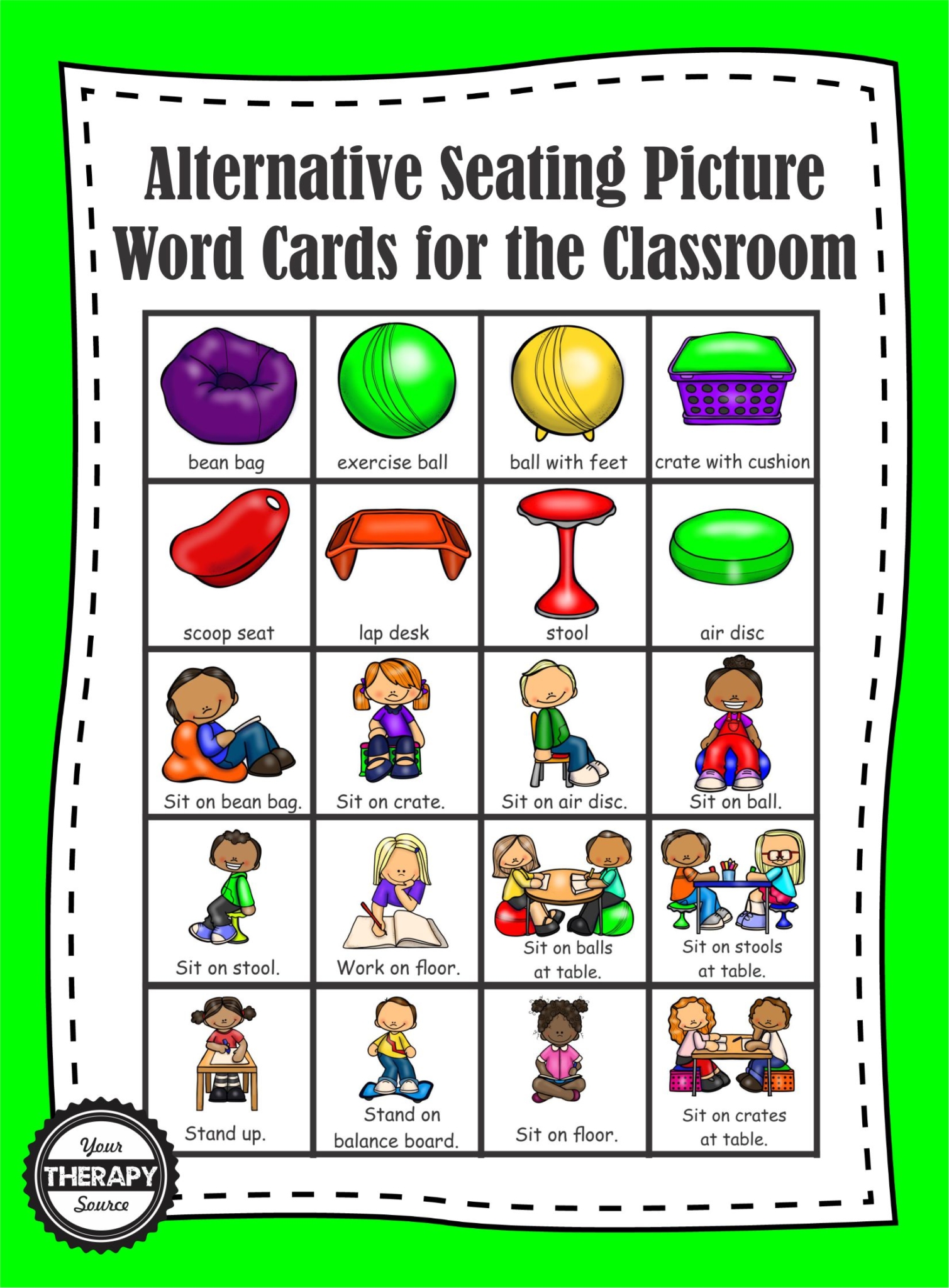Sensory Processing at Home Versus School in Children with Autism
Sensory Processing at Home Versus School in Children with ASD Do you find that children with Autism Spectrum Disorder (ASD) experience higher levels of sensory dysfunction at home or school? Recent research investigated sensory processing at home versus school in children with Autism Spectrum Disorder (ASD). Each of the participants (41 children with ASD and 38 […]



